More young deaths plague the country: when will enough be enough?
May 25, 2022
A shooting at Robb Elementary School in Uvalde, Texas has left 21 people dead, including 19 children: this is the news that greets me.
I walk into the house on Tuesday evening; my grandmother has the TV playing an emergency broadcast from Lester Holt. She comes up to hug me. “You probably haven’t heard yet,” she whispers in my ear.
I’m someone who loves kids. But, I won’t lie – I haven’t always been fond of them. Over the past three years, I’ve discovered that this elementary age group is the proud owner of some of my favorite people on this planet and my favorite interactions.
Thus, I’ve taken every opportunity to work and spend time with these individuals. I teach swim lessons to eager budding athletes, I’m a regular nanny for multiple families, and I spend two days a week as a running coach to these incredible kids.
Through each of these individual outlets, I’ve had the chance to meet these souls that will one day take control of our world. From all of these outlets combined, it feels like I know the entire child population of the Lehigh Valley. So much so that, any time I step out in public, I’m typically met by at least one admiring little kid yelling out “Coach Devon” or “Miss Devon” after me. From my weekly runs at the local parkway to birthday dinners 30 minutes away – I see these special faces everywhere.
To me – this is a blessing – and a curse.
A blessing that I get to be a part of these kids’ core childhood memories; when they learned to swim, to run, or simply look back on a memory – my face will be included in that recollection.
A curse – I fear one day I’ll flip on the news, and see one of their precious faces above their names included in a list of 19, or more, just as I saw with the lives lost in Texas today.
A curse – that they won’t have the opportunity to create or savor these memories, because what should have been a regular day at school learning colors, the 50 states, and long division turned into the worst day imaginable for their parents.
At this age, some of the children I interact with can’t understand the concept of blowing bubbles and still believe that there are mermaids and sharks at the bottom of the indoor pool: why do these innocent thoughts and imaginations have to be mixed with the fear and threat of weapons entering their colorful classrooms and child-sized hallways?
In speaking about this massacre, a classmate shared a story of how her elementary-aged little sister learned lockdown drill procedures. She came home on the third day of Kindergarten to tell her family how her teacher shared with the class where they should hide and how they should keep themselves in case a “bear” or “snake” should enter their classroom or school uninvited.
Though her sister thought this idea of an animal entering their school was “silly”, her family did not. For, in this instance, this breaking and entering was not truly an issue of animal control, but a serious breach of security and an all-too-common threat in our country. The “bear” and “snake” represented someone, likely weaponized, entering the school to cause harm; someone entering the school to hurt elementary-aged children.
Snack time, body bags, number lines, memorials, and bulletin boards; these things shouldn’t associate themselves with one another.
When will these learning environments, designed to foster our children and allow for them to grow, truly accomplish this in a safe fashion? At what point will we realize that fears of a “wild animal” entering their place of learning aren’t normal? At what point will we realize that a child having a lockdown procedure thought out and memorized when they enter a classroom shouldn’t have to be the norm?
In December 2012, 20 children between the ages of six and seven and six of their adult teachers and staff members at Sandy Hook elementary school were shot and killed during the school day. Nearly 10 years later, today, history nearly replicated itself.
Inside and outside of that school today, parents, grandparents, and cousins were handed the enormous responsibility of identifying their lifeless children. DNA samples were requested, but most horrific of all – family members were supposed to identify the victims off of the pants they wore to school that day or their tiny hands – as their remains may have been too dismembered by rifle fire to pick out their features.
At what point will the number of lives lost be enough? At what point will the number of children lost be enough? At what point will we decide that this will be the last group of kids that will endure this type of trauma?
During this time, we’ve made, what seems like, little to no progress towards a brighter, safer future for our children. Now, another school of kids will have to navigate PTSD from shooting at their elementary school and the loss of their classmates, whilst also trying to learn and grow as “normal” for their age group.
When these kids eventually have to re-enter this building, the school will be looked at in an entirely different and unsafe light. Just as it’s hard to communicate that there are no mermaids at the bottom of the pool, it’s going to be difficult to rationalize that these children are safe and protected.
It’s not just the children of Robb who will feel this way; the kids watching this unfold at home will catch the same lack of safety in their own environments. For the kids in Uvalde, for the kids who still believe in sharks in the pool, for the kids who think a “bear” is truly going to walk through the doors of their school, and for kids everywhere – we need to do better.

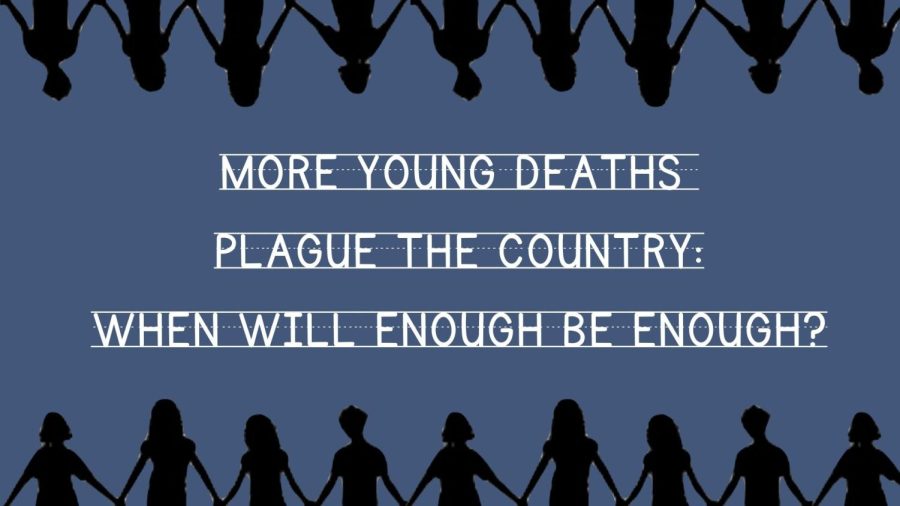
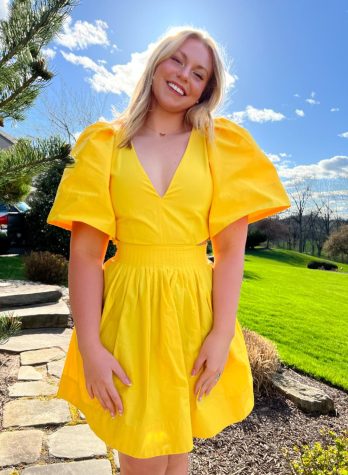
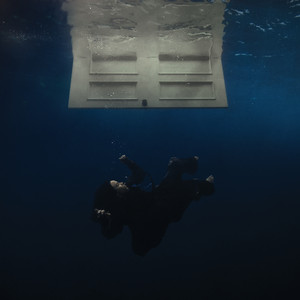




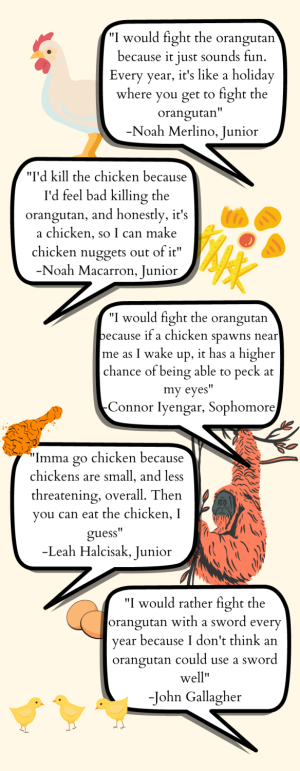



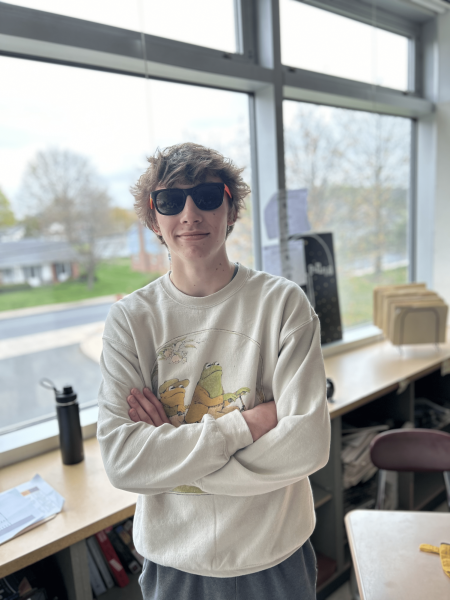
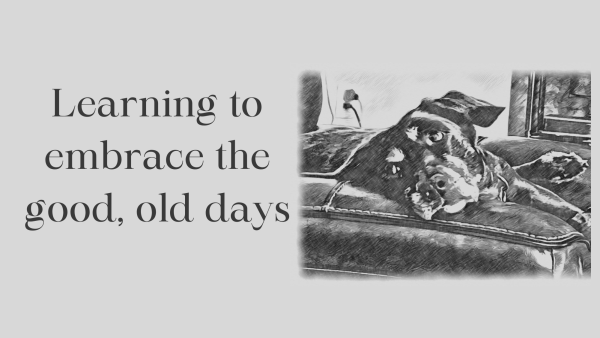

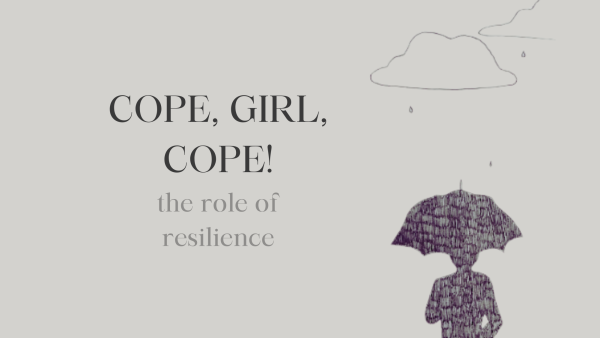
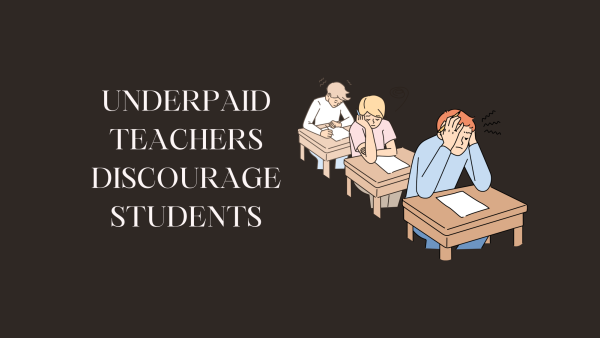

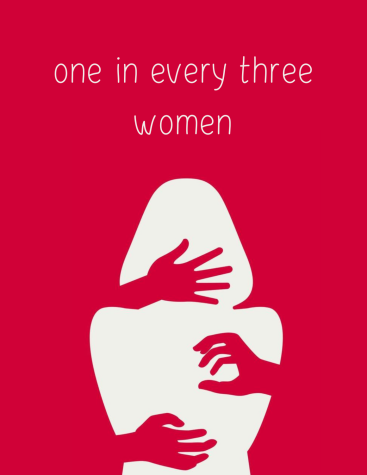

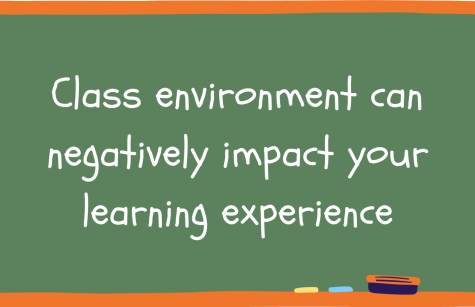
Gram • May 26, 2022 at 8:08 pm
Truly well expressed and heartfelt! Such madness should not exist in our country or anywhere? My friend Karen especially loved the mermaid in the bottom of the pool?? The innocence lost is devastating! Proud of you sweet angelface❤️❤️??
James Harris • May 25, 2022 at 4:08 pm
Excellent conveyance of a perspective that has to be dealt with and not just faux legislative attempts to further restrict rights of those who were in no way responsible or connected to the carnage . The mental well being of all these little souls need to be the priority. PTSD is real and has seemingly no half life!